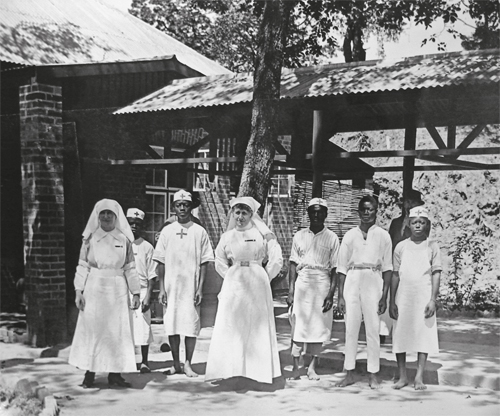

1 Nurses of the Union Minière du Haut Katanga and their Congolese assistants, April 1918. Katanga province was sixteen times bigger than Belgium. Its reserves of cobalt, copper, tin, uranium and radium made it the economic powerhouse of the Congo. (Wikimedia Commons)
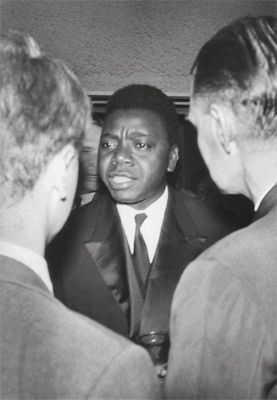
2 Moïse Tshombe, President of Katanga, talking with United Nations officials, 1961. (Lars Carlsson)
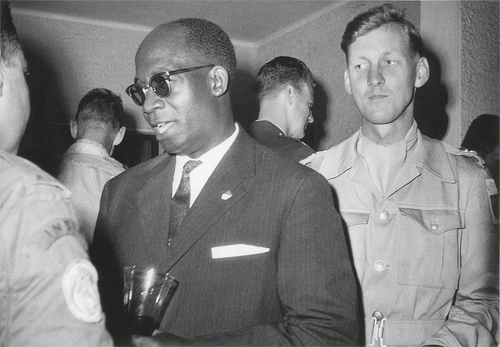
3 Godefroid Munongo, Katangese Minister of the Interior and power behind the throne, with United Nations officials, 1961. (Lars Carlsson)
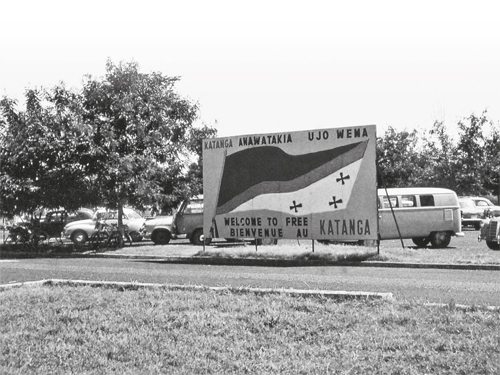
4 The ‘Welcome to Free Katanga’ sign near Elisabethville airport. (Tommy Nilsson)
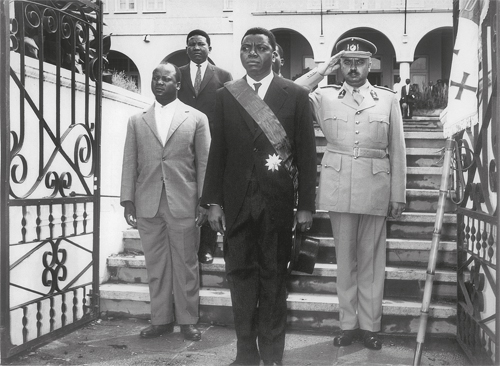
5 Major Guy Weber (right) salutes the new Katangese state. (Daniel Despas)
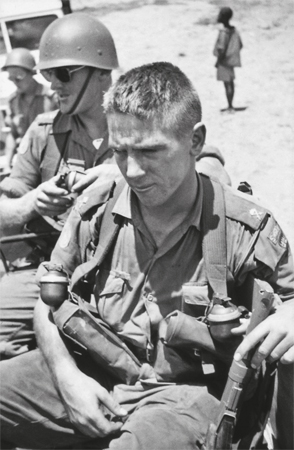
6 Swedish UN soldier Tommy Nilsson out on patrol, early 1961. (Tommy Nilsson)
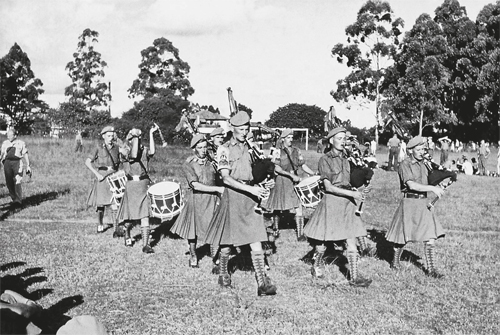
7 Irish pipers in Elisabethville, early 1961. (Tommy Nilsson)
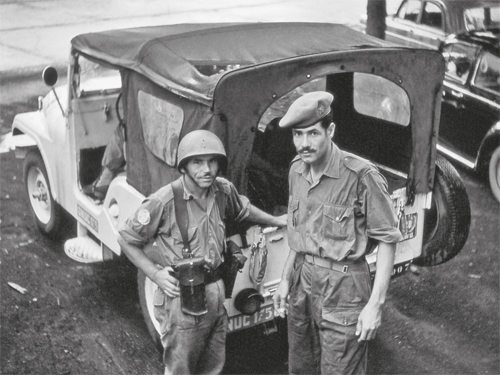
8 Moroccan UN soldiers in Elisabethville, early 1961. (Tommy Nilsson)
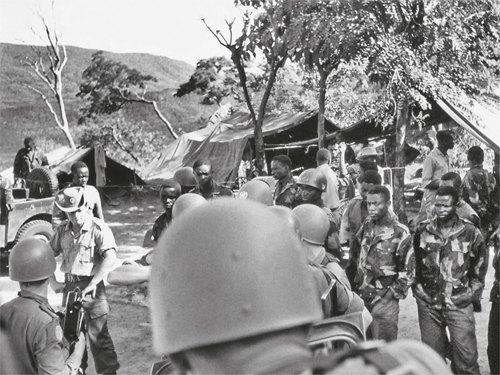
9 UN troops confront Katangese gendarmes and their Belgian officer in the bush, early 1961. (Tommy Nilsson)
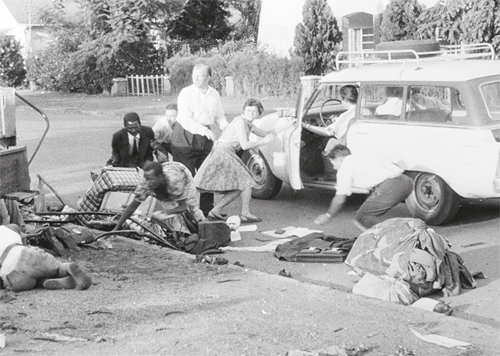
10 Katangese and Belgian civilians take cover as the bullets fly during fighting in Elisabethville, 7 December 1961. (Corbis)
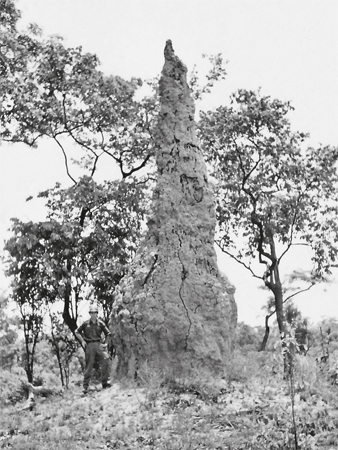
11 Swedish UN soldier Tommy Nilsson poses by a termite hill. (Tommy Nilsson)
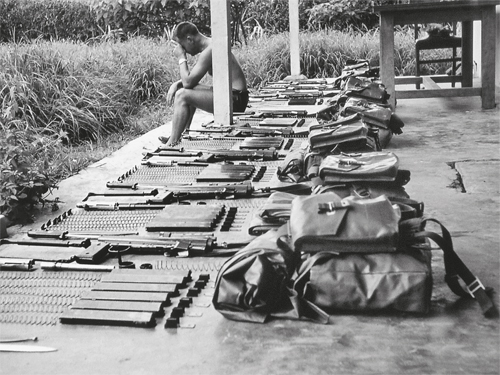
12 Weapons inspection in camp. (Tommy Nilsson)
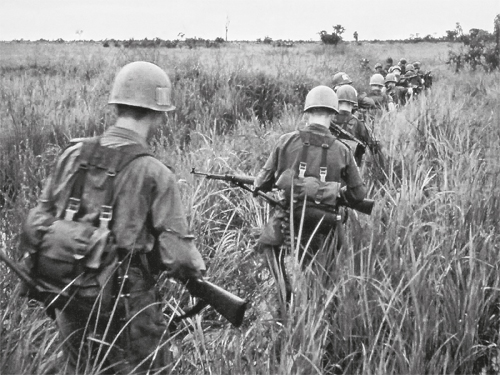
13 Bush march. (Tommy Nilsson)

14 At Post Älgen. (Tommy Nilsson)
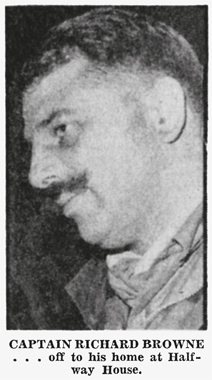
15 Captain Richard Browne, British mercenary commander of the Compagnie Internationale. (Leif Hellström)
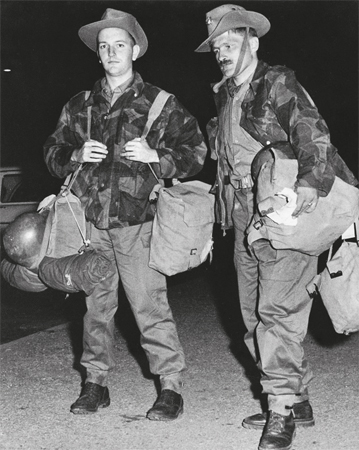
16 Two members of the Compagnie Internationale arrive back in Johannesburg after their capture by UN troops at Kabalo in April 1961. (Private source)
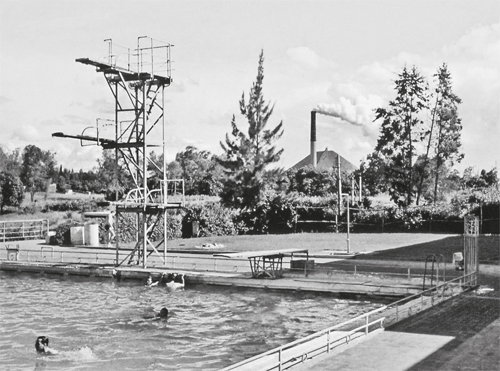
17 The Lido swimming pool in the west of Elisabethville. (Tommy Nilsson)
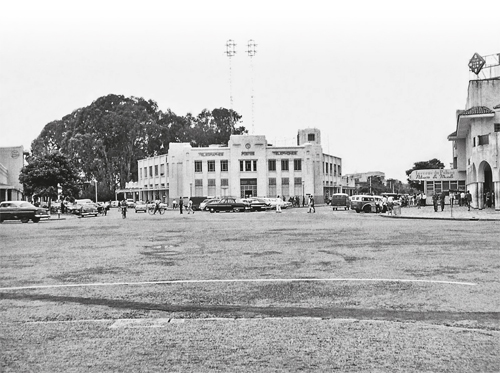
18 The post office in Elisabethville, scene of fierce fighting in September 1961. (Tommy Nilsson)
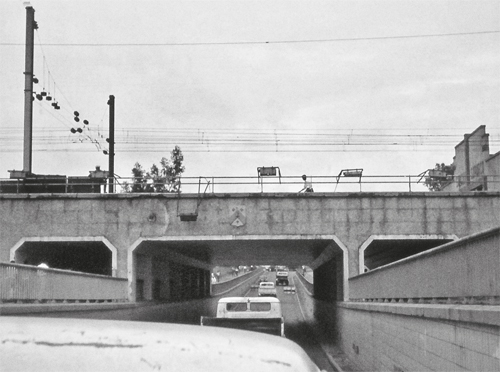
19 The Chaussée de Kasenga tunnel bridge in the east of Elisabethville. (Tommy Nilsson)
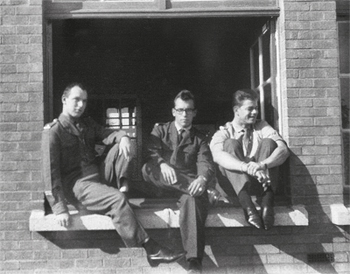
20 Teenage Belgian volunteer Victor Rosez (left) with two friends in Tshombe’s forces, 1961. (Victor Rosez)
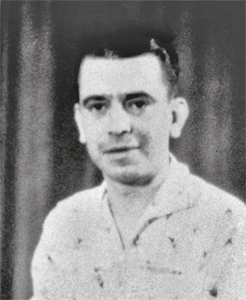
21 Pierre Magain, the Belgian pilot who flew a Fouga jet fighter against the United Nations, 1961. (Leif Hellström)
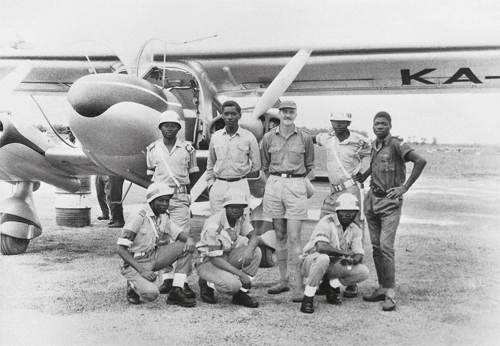
22 South African navigator and political operator Jerry Puren, in shorts, with ground crew and police at a Katangese airfield, 1961. (Leif Hellström)
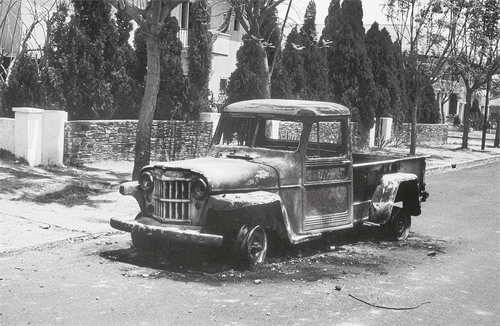
23 A UN truck destroyed during the September 1961 fighting in Elisabethville. (Jean Kastergat)
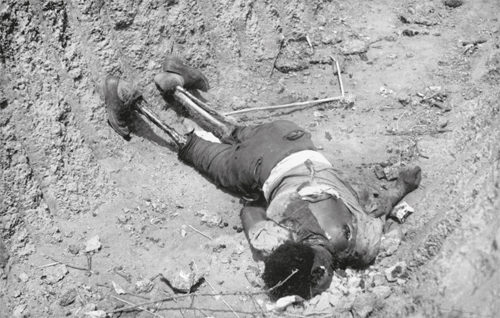
24 A cannibalised roadside corpse in Elisabethville, 1961. (Stig von Bayer)
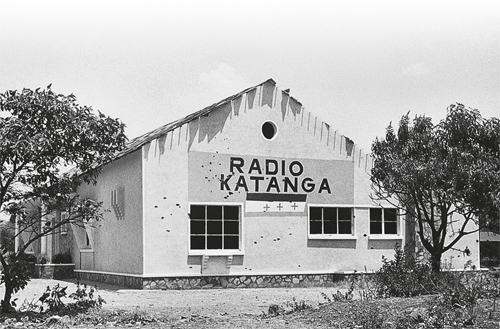
25 The Radio Katanga building in Elisabethville after the September 1961 fighting. (Jean Kastergat)
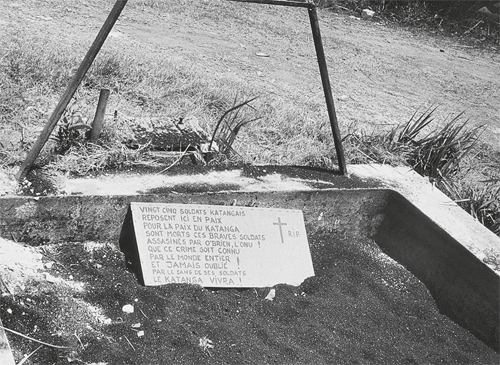
26 A mass grave, September 1961, twenty-five soldiers ‘assassinated by O’Brien … Through the blood of these soldiers Katanga will live!’
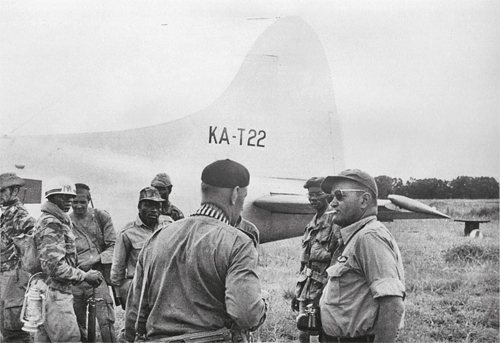
27 Polish pilot Jan Zumbach, with sunglasses and cigarette, at Kolwezi airfield, 1962. (Leif Hellström)
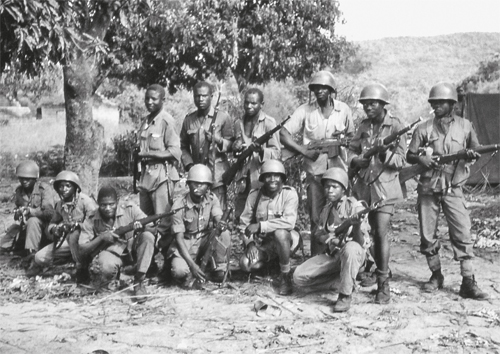
28 Katangese gendarmes in Kishiale, eastern Katanga. (Tommy Nilsson)
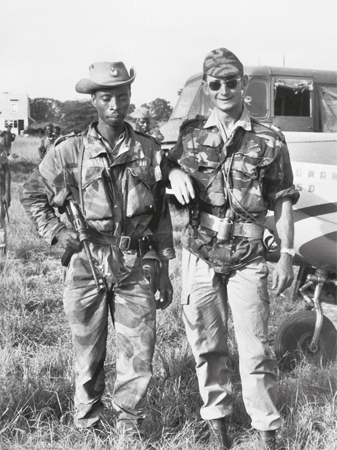
29 Belgian volunteer Christian Tavernier (right) in Kongolo, 1962. (Leon Libert)
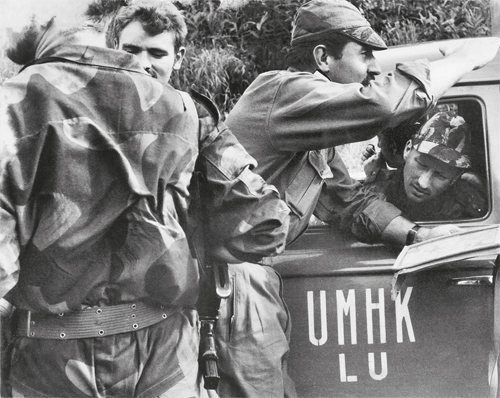
30 French mercenary Bob Denard (centre, with moustache and map) somewhere near Kolwezi during the collapse of the secession, January 1963. (J.-C. Laponterique)
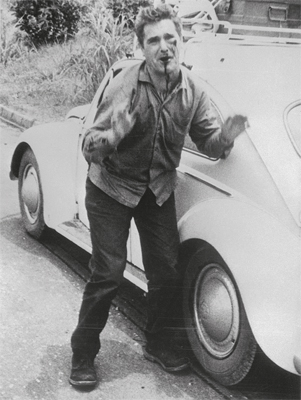
31 Belgian civilian Albert Verbrugghe, a miner, who has just seen his wife and a friend die in the firestorm, begs UN troops to stop shooting during the last days of the secession, 3 January 1963. (Corbis)
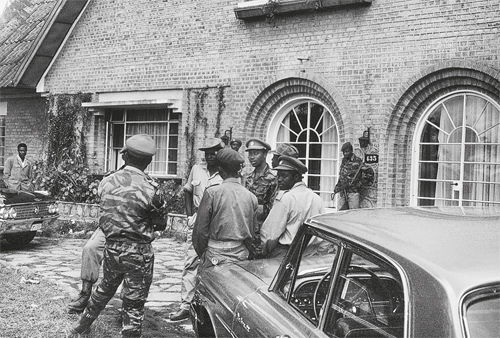
32 The final days at Tshombe’s villa in Kolwezi, January 1963. (Jean Kestergat)
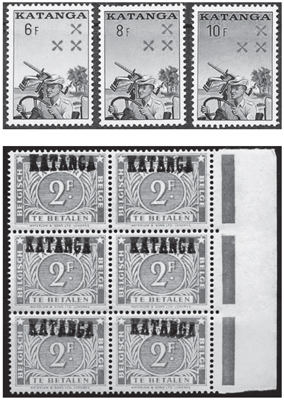
33 Stamps issued to celebrate the first anniversary of Katanga’s independence on 11 July 1961. ‘Congo’ is crudely overprinted. The issue became invalid in February 1963.